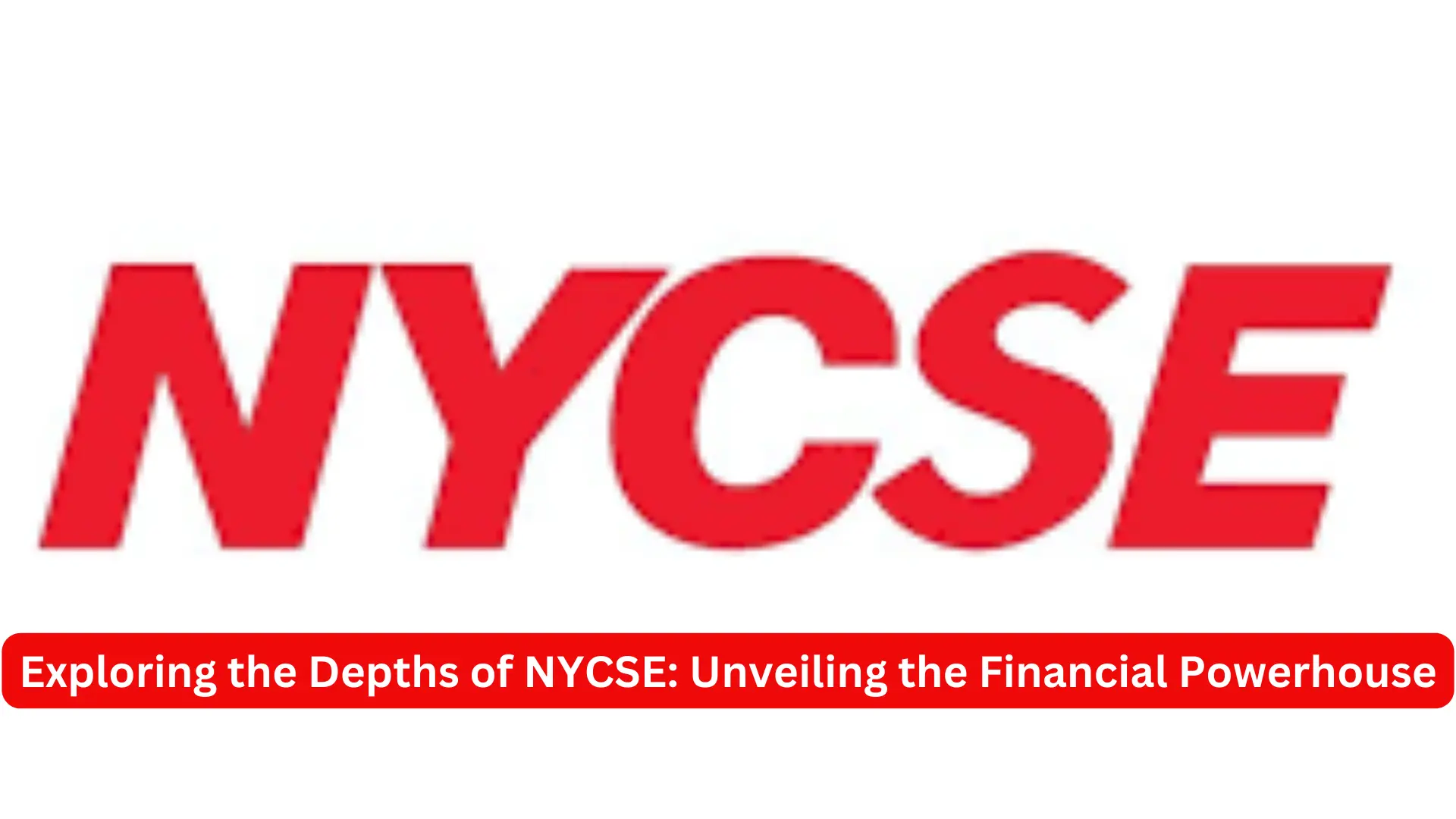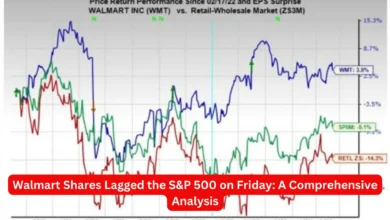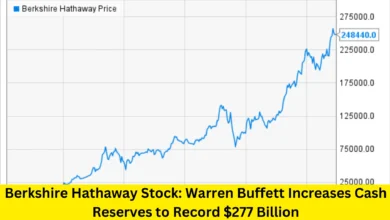Exploring the Depths of NYCSE

The New York Stock Exchange (NYSE), a global financial juggernaut, plays an indispensable role in the world economy. With its storied history and immense influence, the NYSE stands as a beacon of financial stability and growth. As we delve into the intricacies of the NYSE, we aim to provide a comprehensive understanding of its operations, impact, and future prospects.
Historical Evolution of the NYSE
The NYSE’s journey began in 1792 under a buttonwood tree on Wall Street. The signing of the Buttonwood Agreement by 24 stockbrokers laid the foundation for what would become the world’s largest stock exchange. Over the centuries, the NYSE has evolved, adapting to the changing financial landscape and technological advancements.
Key Milestones in NYSE’s History
- 1792: Buttonwood Agreement signed.
- 1817: Formal organization as the New York Stock & Exchange Board.
- 1867: Introduction of the first stock ticker.
- 1971: NYSE becomes a non-profit organization.
- 2006: Merger with Archipelago Holdings.
- 2007: NYSE Euronext formation.
Structure and Functioning of the NYSE
The NYSE operates as an auction market where buyers and sellers come together to trade stocks and securities. Its structure comprises several key components that ensure smooth and efficient operations.
Trading Floor and Electronic Trading
While the iconic trading floor is a symbol of the NYSE, a significant portion of trading now occurs electronically. The hybrid market model combines the benefits of both floor-based and electronic trading, offering greater flexibility and efficiency.
Market Participants
The NYSE hosts a diverse range of market participants, including:
- Designated Market Makers (DMMs): Responsible for maintaining fair and orderly markets.
- Brokers: Facilitate the buying and selling of securities.
- Listed Companies: Corporations that have their shares traded on the NYSE.
Listing on the NYSE
Being listed on the NYSE is a mark of prestige and credibility for companies. The exchange has stringent listing requirements to ensure only high-quality companies are listed.
Listing Requirements
- Financial Standards: Companies must meet specific financial criteria, including earnings, market capitalization, and stock price.
- Corporate Governance: Adherence to rigorous corporate governance standards is mandatory.
- Regulatory Compliance: Companies must comply with SEC regulations and NYSE rules.
Benefits of Listing
- Increased Visibility: NYSE-listed companies gain global recognition.
- Access to Capital: Listing facilitates easier access to capital through equity offerings.
- Enhanced Credibility: NYSE listing boosts investor confidence.
Trading Mechanisms and Instruments
The NYSE offers a wide range of trading instruments, catering to various investment strategies and risk appetites.
Equities
Equities, or stocks, are the primary instruments traded on the NYSE. Investors buy and sell shares of publicly listed companies, aiming for capital appreciation and dividends.
Exchange-Traded Funds (ETFs)
ETFs are investment funds traded on the NYSE, offering diversification and liquidity. They track indices, commodities, or sectors, providing exposure to a broad range of assets.
Options and Derivatives
Options and derivatives trading allows investors to hedge risks or speculate on price movements. The NYSE offers a robust platform for trading these complex instruments.
Technological Innovations at the NYSE
The NYSE has consistently embraced technological advancements to enhance trading efficiency and security.
High-Frequency Trading (HFT)
HFT utilizes sophisticated algorithms to execute trades at lightning speeds. The NYSE’s infrastructure supports HFT, ensuring seamless execution and minimal latency.
Blockchain and Cryptocurrencies
The NYSE is exploring blockchain technology to enhance transparency and security. Additionally, the exchange is assessing the potential of listing cryptocurrency-related products.
Regulatory Environment
The NYSE operates under stringent regulatory oversight to ensure fair and transparent markets.
Securities and Exchange Commission (SEC)
The SEC oversees the NYSE, enforcing regulations to protect investors and maintain market integrity.
Self-Regulatory Organizations (SROs)
The NYSE functions as an SRO, establishing rules and standards for its members and listed companies.
Impact on the Global Economy
The NYSE’s influence extends far beyond the United States, impacting global financial markets and economies.
Foreign Listings
Numerous international companies choose to list on the NYSE to gain access to the vast pool of U.S. capital. This enhances cross-border capital flows and global economic integration.
Economic Indicators
The performance of the NYSE is often viewed as a barometer of the global economy. Market indices such as the Dow Jones Industrial Average (DJIA) and S&P 500 are closely watched indicators of economic health.
Future Prospects of the NYSE
The NYSE continues to innovate and adapt to the evolving financial landscape. Key areas of focus include:
Sustainable Finance
The NYSE is promoting sustainable finance initiatives, encouraging companies to adopt environmentally and socially responsible practices.
Digital Transformation
The exchange is investing in digital technologies to enhance trading efficiency and customer experience.
Global Expansion
The NYSE aims to strengthen its global presence, attracting more international listings and investors.
Conclusion
The New York Stock Exchange stands as a testament to the resilience and dynamism of global financial markets. Its rich history, robust structure, and commitment to innovation ensure its continued relevance and dominance. As we look to the future, the NYSE’s role in shaping the global economy remains as vital as ever.




